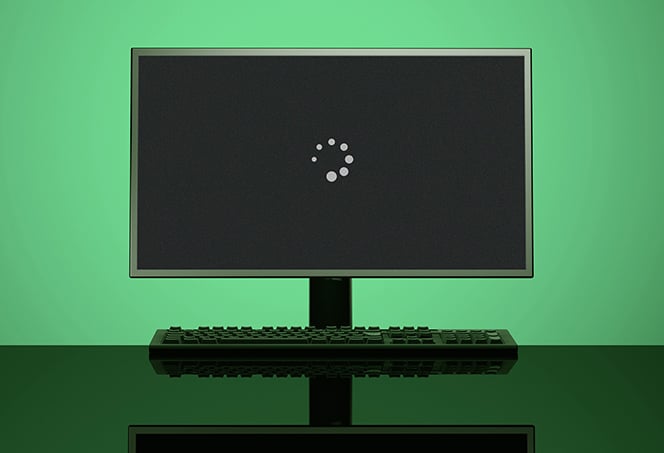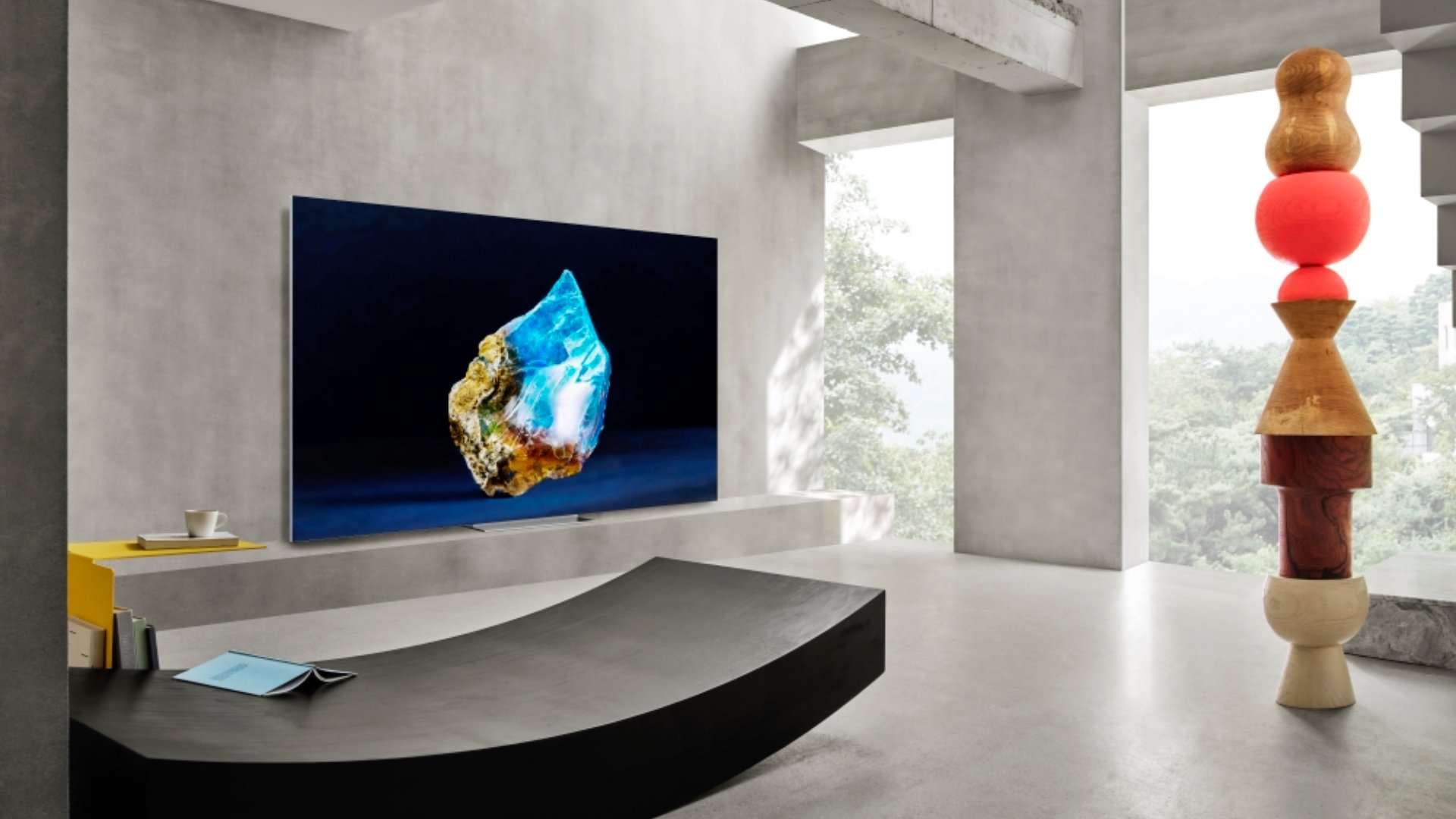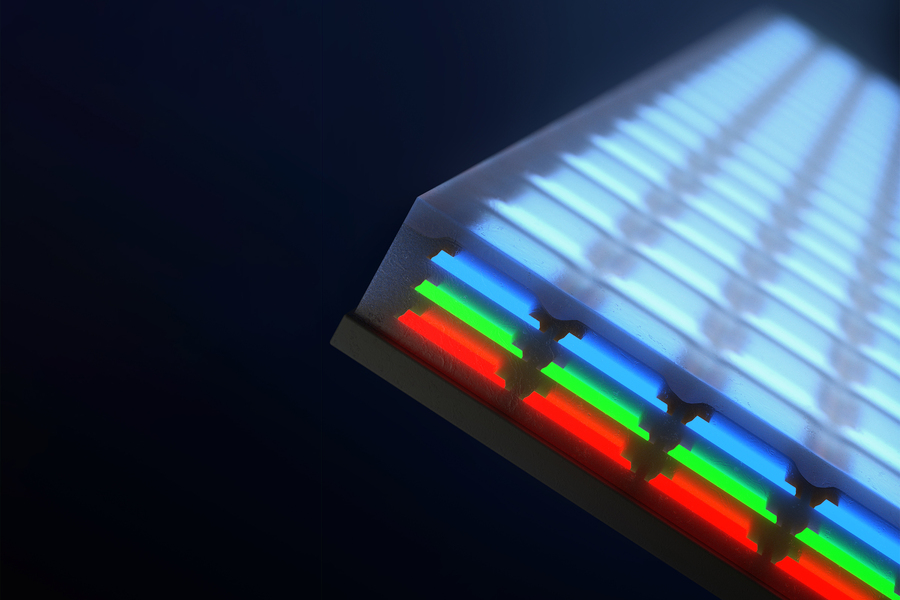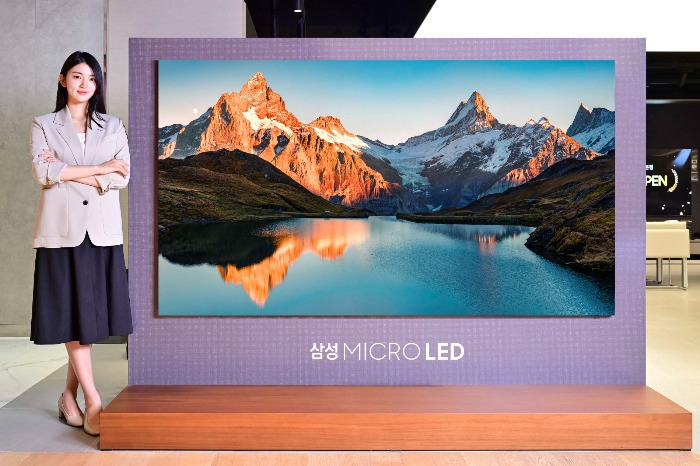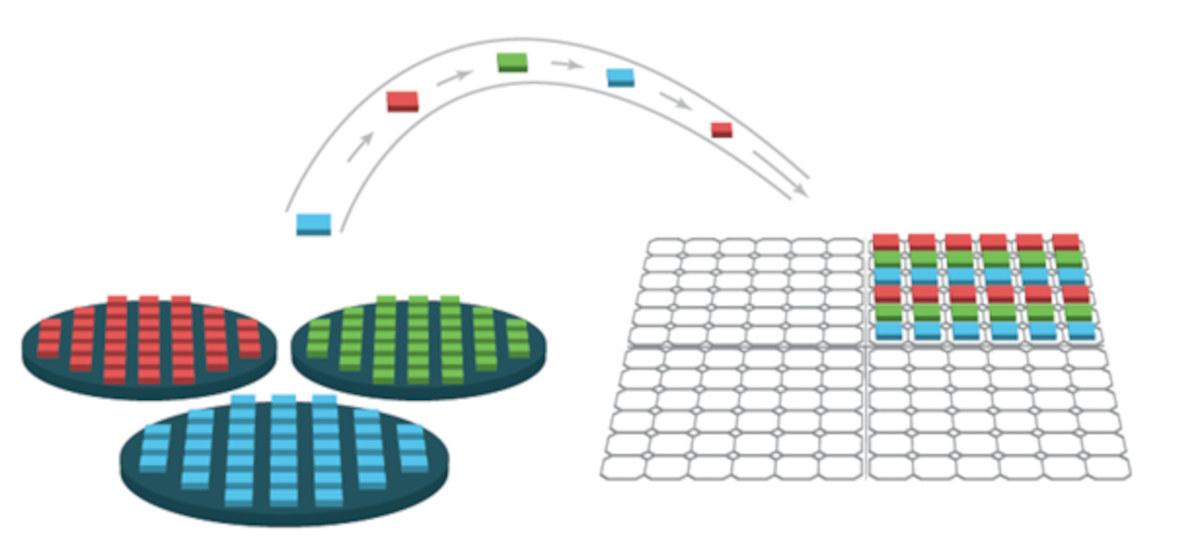MicroLED transfer technology explained
4.5 (343) · € 19.50 · In Magazzino
The microLED transfer process is crucial in MicroLED display production, this is likely to be the most challenging part of the entire process. In this article (an excerpt from The MicroLED Transfer Process Report), we'll give an overview of the transfer process, its challenges, and alternatives.At the beginning of this stage, there's the wafer with the MicroLED chips, and a display substrate with the backplane TFTs on top. As we said, this is a challenging process, and there are three main challenges in this step – accuracy, speed and reliability.It is important to note that if the display is based on RGB microLED devices, it complicates this step further – which is why many MicroLED makers are expected to adopt blue LEDs with color conversion. Accuracy is an obvious issue – a microLED chip is extremely small and needs to be placed in the right place with very little room for errors.Speed is another important consideration. Many displays today are of very high resolution – even smartphone displays are approaching 4K resolutions. A 4K display uses over 24 million subpixels. Even with mass transfer tools this is still a challenge as the display industry relies on quick and cost-effective production to achieve low costs.Reliability is of course important. In the current LCD and OLED industries, producers manage to achieve extremely high yields and as display resolution and sizes increase, yields become more critical. The microLED yield issue will be discussed in a section below.As can be expected for such a complicated process, several different technologies have been developed over the last few years. Most companies seem to focus on a stamp-based process. There are several ways to develop a stamp that can pick-up, hold, move and release microLEDs - using Van der Waals forces, using electrostatic charge, using magnetics, adhesives and more. Some companies look at novel ways to achieve the pick and place process - using fluidic assembly, or photochemical polymers. We will detail all public transfer process technologies below.Some researchers classify transfer processes as follows

Transfer Technology of Micro-LEDs for Display Applications

Mini- & Micro-LED Displays: Markets, Manufacturing Innovations, Applications, Promising Start-ups, Virtual Event

Mass transfer for Micro-LED display: Transfer printing techniques - ScienceDirect
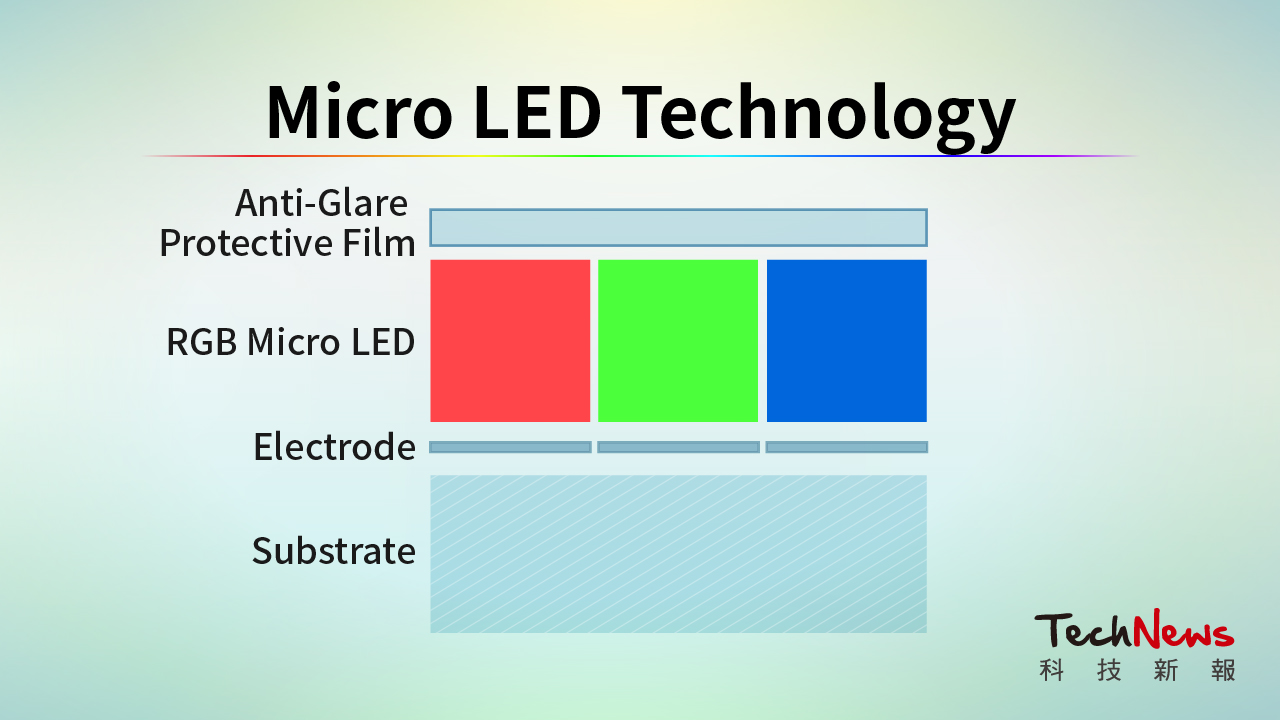
What are Micro LED, Mini LED, and Micro OLED? Different Emerging Display Technologies Explained - LEDinside

MicroLED explained: What is MicroLED and how it can change display technology

The Key Technology to Micro LED: Mass Transfer - LEADING LED TECH
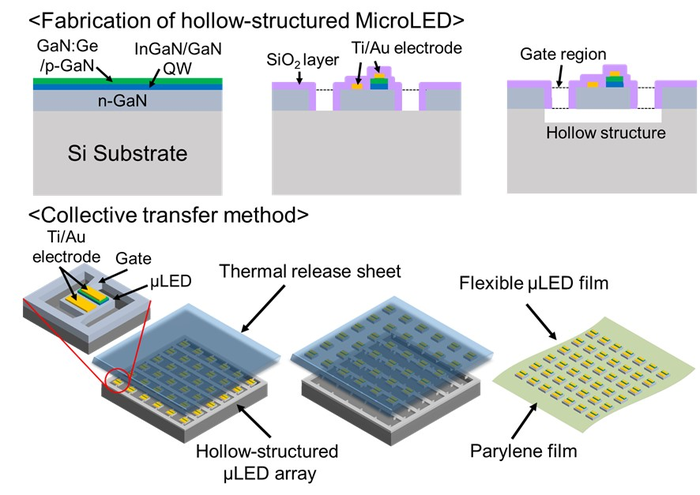
MicroLED Array Film to Cover the Brain and Illuminate Specific Regions

CES 2022 display review (Part 2): microLED, AR and direct view miniLED displays
KIMM Advances Roll Transfer Technology to Expedite Mass Production of Micro LED - LEDinside

